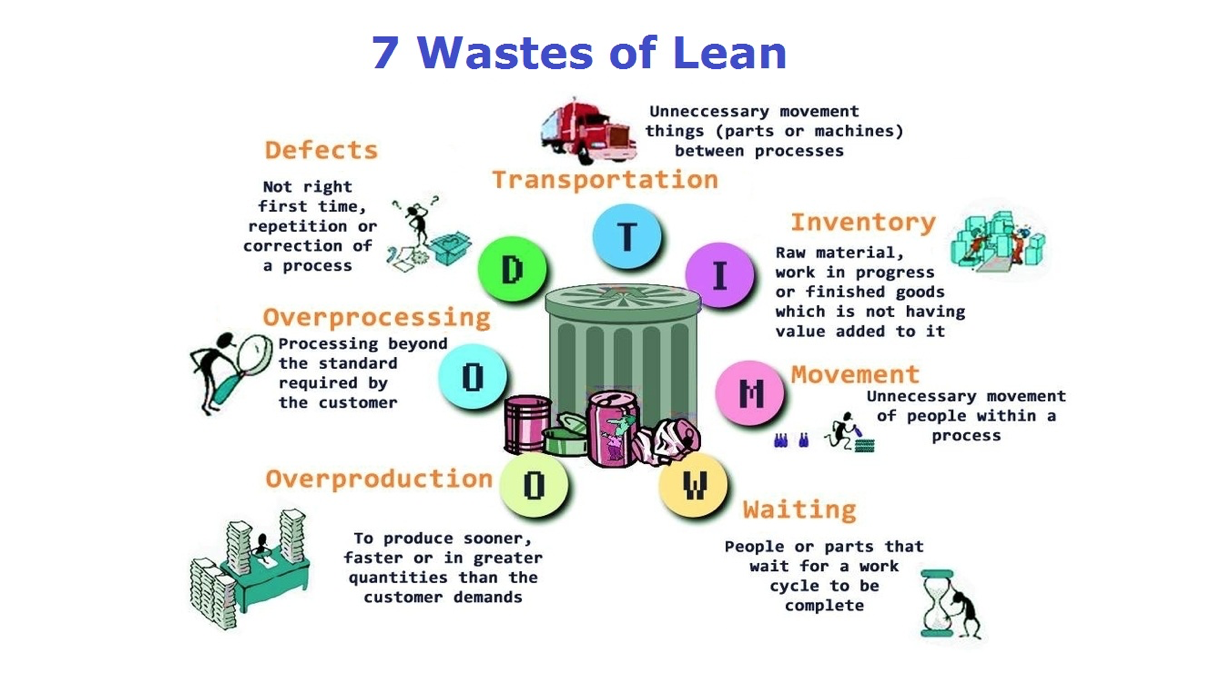by Naike Moshi
Is your recruitment process costing you excess time and money? Here are 5 ways you can 'lean out' your recruitment process to get better results.
What is lean recruitment?
Lean recruitment comes directly from the concept of lean manufacturing. In a nutshell, lean manufacturing is a methodology that aims to reduce costs and waste during production while increasing quality and speed.
The 7 Types of Waste in Lean Recruitment
The types of wastes found in lean manufacturing can be identified by the acronym TIMWOOD, which stands for Transportation, Inventory excess, Motion, Waiting, Overprocessing, Overproduction, Defects, Waiting.
Major 5 wastes in Recruitment and how you can lean out
1. Transportation (unecessary movement of materials, products and information)
In recruitment, the type of waste includes unnecessary movement of candidates from one system to the next such as (ATS, HRIS, CRM) and having too many recruiters working on the same position.
Solution: Create uniform procedures throughout the hiring process – Spend the time to create efficient processes that team members can follow for every new hire. This will enable smooth movement through the hiring funnel, and reduce waste caused by misaligned team members/partners.
2. Waiting
In recruiting, this is one of the major wastes. Waiting occurs when there are delays in getting feedback from the hiring managers or recruiters; or when candidates don’t respond quickly enough when asked for information
Solution: Having constant communication provides clarity and updates on the progress. A progress bar on the recruiting system/platform to inform candidates might be useful or automate systems to inform candidates on each stage they are in.
3. Overproduction
In recruitment, over-production means you have identified and attracted candidates more than what the client/hiring managers need. This can happen when the job advert attracts more than 200 applicants and only one candidate will be selected.
Solution: Use of referral programs to attract passive candidates. It saves a lot of time, resources thus reducing waste. Analyze your advertising channels, determine which one are giving you the best of results.
4. Over-processing
In recruitment, over-processing means engaging, screening candidates that will never be submitted to the hiring managers. Another example might be having too many people interviewing the candidates, asking them the same questions, or sending multiple CVs to clients that did not meet the requirements: quantity vs quality. Some candidates have informed me that they have gone to 8 rounds of interviews. There must be some waste in that process.
Solution: Just-in-time recruitment is a recruiting strategy that offers lower costs, a faster recruitment pipeline, and more qualified candidates for every position that needs to be filled. It’s a hiring solution that provides candidates only as they are needed.
5. Defects
In recruitment, this is another major waste, I have seen defects in sourcing where you have CVs that don’t match the requirements and you have defects in screening, or when the interview did not produce the ideal candidates. Overall, defects arise when the requirements are not met.
Solution: A meeting with the hiring manager is critical so you can ask effective questions and know directly from the manager what the successful candidate looks like. A client brief template can also be used to get all the necessary information for the job order .
In conclusion, many businesses have processes that they follow, though it is really important to identify, control and fix waste areas. One can use lean principles such as setting up systems, talent analytics, automation of repetitive tasks for maximum efficiency and productivity. What are some of the wastes that you have identified in your process and how are you mitigating them?
Naike Moshi is the Country director of CVPeople Tanzania and founder & CEO of Women in Management Africa (WIMA). She is an MBA graduate and holds a dual degree in Human Resource and Business Management from Tennessee Wesleyan University in USA. She started her professional career in a US Tax Consulting firm and has enjoyed challenging, diverse assignments in the management consultancy industry. Contact Naike via Naike Moshi | LinkedIn
More articles by Naike













